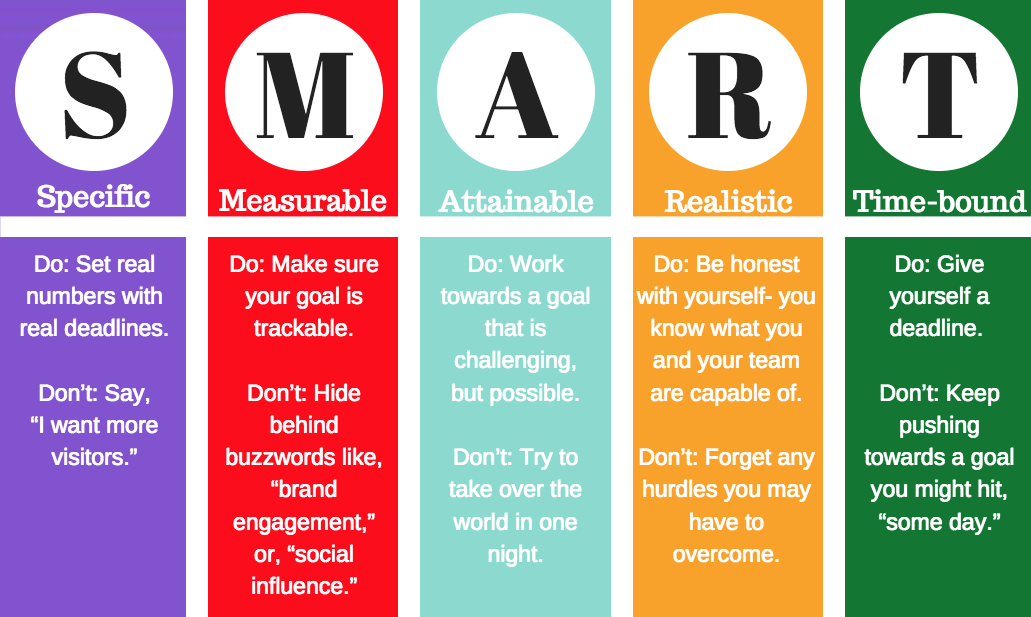Second blog - W4
Tips for an effective Digital Marketing Proposal
A digital marketing plan is a document that contains all of the information you need to plan your digital marketing campaigns and actions. It includes, the following information:
- Business goals for the short, medium, and long term.
- Digital-goal-setting strategies.
- The channels that should be used.
- Plans for action and development.
Digital marketing plan should include things like defining target demographic (buyer personality), business goals, and an acceptable value offer. Without a pre-defined plan or strategy, marketing actions may result in failure due to a lack of consideration for all factors that may influence its growth.
You must be acquainted with the online area of your business, your target audience, the channels where you should be present, and who your business is before establishing the stages that determine the framework of a digital marketing strategy, competitors and their activities
Now, take a quick look at a digital marketing strategy's step-by-step structure:
Step 1: Situation analysis (SWOT analysis)
The first step is to do a business analysis both internally and externally. The SWOT analysis is a tool that helps you to assess your company's and the market's strengths, weaknesses, opportunities, and threats.
We must understand the environment in which we operate, as well as our clients' demands and the locations where they are supplied. This study is both qualitative and quantitative in nature, as it takes into account factors such as digital habits, intermediaries, influencers, etc.
Step 2: Define buyer personas
It is critical to identify who your marketing plan is for, whether it is online or offline. The most effective digital marketing tactics are based on buyer personas. They may be produced by conducting research, conducting investigations, and conducting interviews with the target audience. Indeed, a company's digital marketing strategy may fail if it makes assumptions about its target audience.
What kind of information to compile for buyers personas to shape a digital marketing strategy? It depends on the business sector of the company, the market in which it is positioned (B2B or B2C) or the prices of its product.
Step 3: Establish digital marketing goals
Any online marketing plan must achieve certain goals in order for the firm to track its return on investment (ROI). Four of these goals are shared by the vast majority of businesses.
- The company's digital media have seen an increase in traffic (website, application, newsletter).
- Conversion tunnel optimization for visitors, leads, and customers.
- Customer loyalty may be split down into sub-objectives including enhancing the digital experience, keeping in touch, and developing trust.
- Improvement of the company's notoriety and e-reputation, with the perceived image being critical in attracting new consumers and keeping them.
With the framework of SMART goals in mind, you can work on developing this part of your digital marketing plan.

The method for determining the efficacy of a digital marketing plan varies in every firm and is dependent on the goals stated, but it is critical to ensure that you are capable of doing so. It will be easy to alter the plan as the situation develops.
Step 4: Define the marketing strategy
Whatever the goal, it's critical to select marketing tools that support the company's campaigns and growth while also allowing the results of each action to be measured channel by channel. There are several tools and software programs available to assist firms in tracking their digital marketing efforts.
These solutions must be simple to use, enhance ROI, reduce time by reducing repetitive activities, consolidate data, and boost a company's digital presence in order to be effective.
- The management of the customer relationship, particularly in particular the automation of the transmission of messages on multiple media.
- Centralization of all data and tools.
- The creation and optimization of conversational tools.
- Management of advertising campaigns.
- Optimization of the website.
- Analysis of analytical data.
Here are some examples of tools:
- Centralized management platforms for social networks like Buffer or Hootsuite.
- Apps to find keywords and content ideas like Ubersuggest, Answer The Public, Google Trends or Yooda Insight.
- Tools for sending targeted emailings and newsletters such as Mailjet or Mailchimp.
Step 5: Measure Outcomes
It entails analyzing the outcomes from each platform, such as Google Ads, Facebook, and Twitter, to identify which resources will help you meet your goals.
If a company has spent a lot of money on Google Ads but isn't seeing the results they want, it may be time to fine-tune their strategy or shift their attention to another platform that appears to be delivering better results.
At the conclusion of this process, businesses should have a clear notion of which platforms they want to keep and which they should discard.
When building your digital marketing plan, keep these stages in mind and don't leave anything to chance; this is your worst adversary if you want to position yourself and grow your presence in the digital world.
Keep in mind, too, that technology may help you create tailored, automated, and ultimately effective marketing strategies. As the work becomes more difficult, the new tools available allow you to simplify your work and increase your performance.
Tired to read and remember all information above? Watch this video to see how a Digital Marketing plan made and run.
Check out some templates online to make plans easier. Don't hesitate to comment below to show your understanding about digital marketing!


Hi Thi. Your blog is really informative. I really like the way you add a video clip instructing about the Digital Marketing plan and images describing SWOT analysis and SMART goals as well.
Trả lờiXóaHowever, as the topic might be quite large, I hope that next time you could provide more links or some other references for each step or section so that readers could have a chance to learn more without self-searching on the Google search. For example, in the buyer personas step, when you mentioned that the information for buyer personas could depend, could you be clearer about that.
In addition, as you have not mentioned the target audience, I would like to ask for your opinion about that. Should a Digital Marketing Strategy define its target audience before introducing the buyer personas? As to my knowledge, while the target audience defines a group of customers, buyer personas focus on the specific member of that group to state their challenges, their goals,...
Overall, thank you for your informative post, and have a nice day.^^
Thank you for your work and I personally think that this blog post was very informative. Overall, I like how your way of illustrating different pieces of information with details (the SWOT and SMART parts are good). One thing I could add is that the article lacked of citations and references, which might cause your argument to be a bit weak. Besides that, everything else is great, keep up the good work and hope you stay safe!
Trả lờiXóa